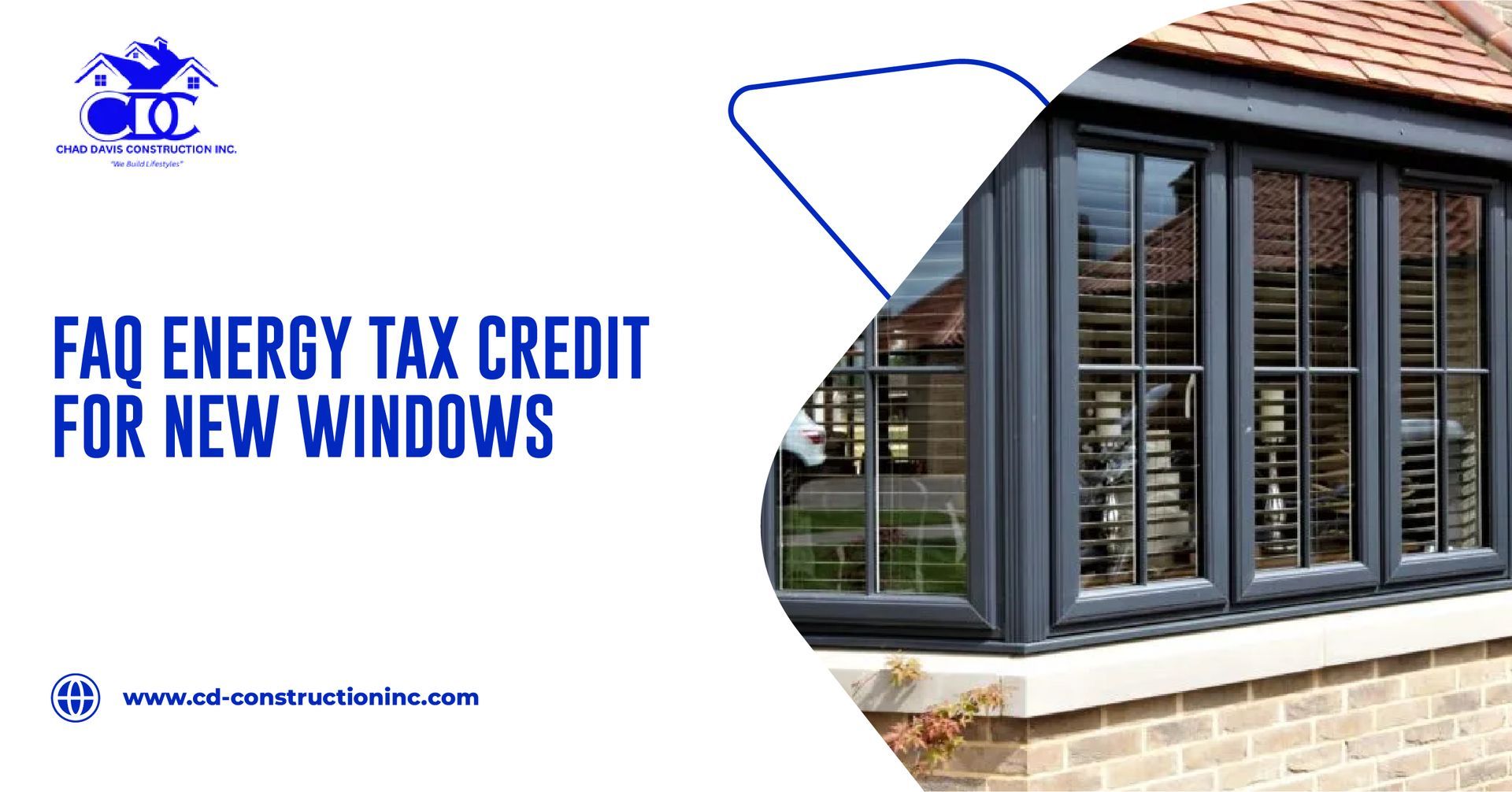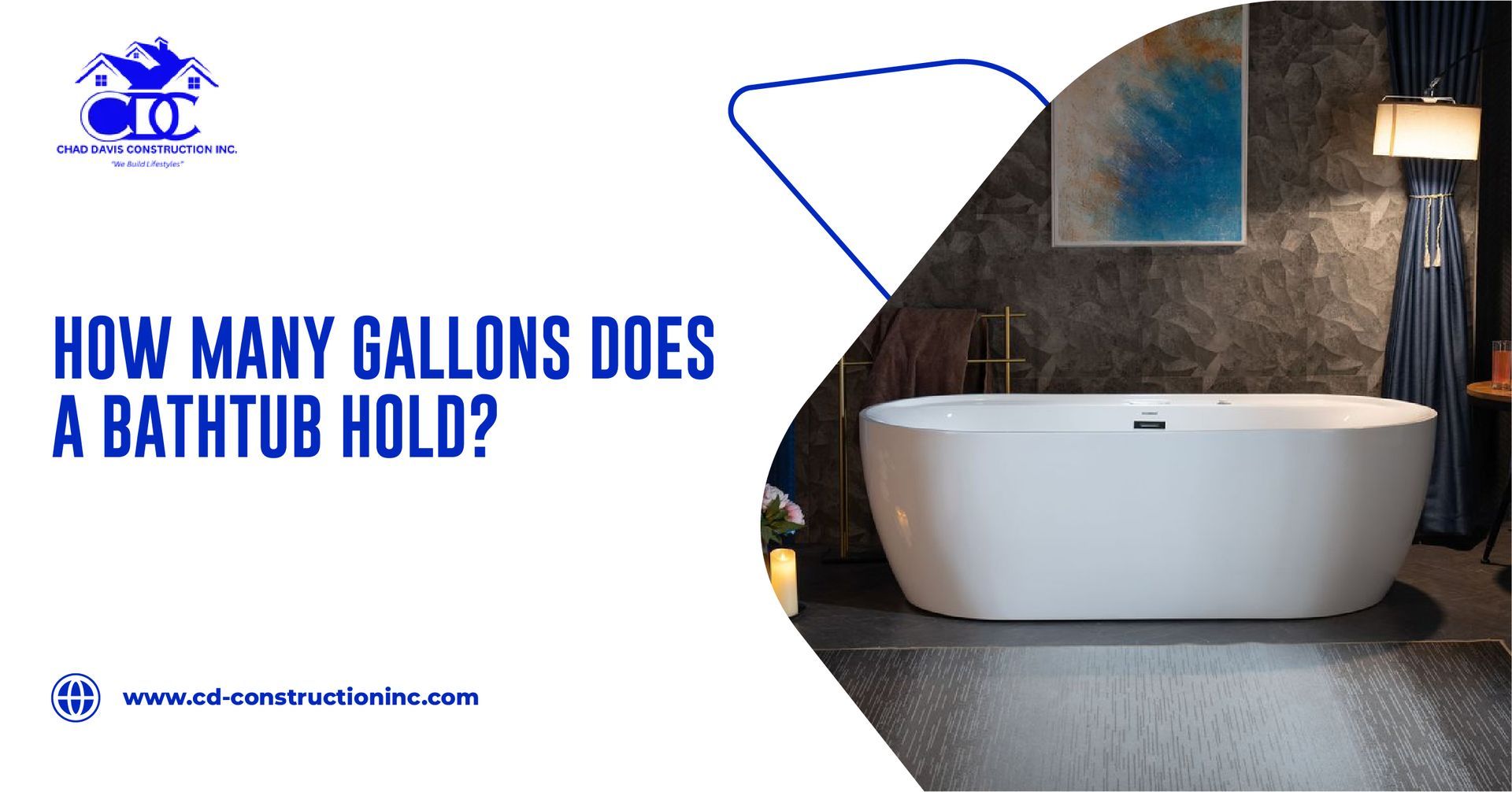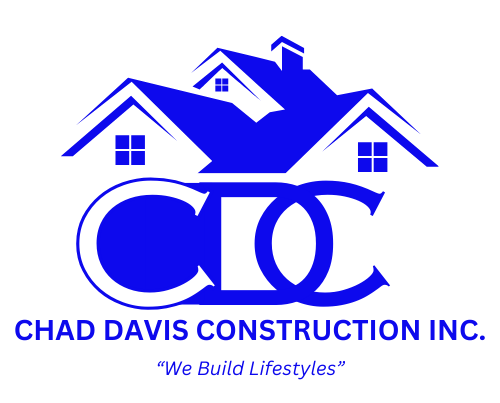When Should You Replace Your Windows? Key Signs to Watch For
Windows play an essential role in your home, not just in terms of aesthetics but in providing comfort, security, and energy efficiency. Over time, however, windows can deteriorate due to age, weather, and wear-and-tear. The question then becomes: When is the right time to replace your windows? Understanding the signs that indicate it's time for a replacement can help you save on energy bills, enhance your home’s curb appeal, and improve overall comfort.
At CD Construction, we specialize in providing high-quality window replacement services in Clemmons, NC, and the surrounding areas. In this article, we will discuss the top indicators that suggest it’s time to replace your windows and the benefits you’ll gain from making this crucial investment.
1. Your Windows Are Drafty
A clear indication that it's time to replace your windows is the feeling of drafts inside your home. If you feel a breeze coming through your windows, even when they are closed, it means there are gaps in the window seals. This indicates that your windows are no longer performing properly.
Why This Happens:
Over time, the weather stripping around your windows can deteriorate or shrink, causing gaps. This allows outside air to enter, making your home less energy efficient and forcing your HVAC system to work harder to maintain a comfortable indoor temperature.
The Solution:
Replacing old windows with energy-efficient models can eliminate drafts and improve insulation.
Energy-efficient windows are designed to reduce heat transfer, keeping your home warmer in the winter and cooler in the summer.
Want to know more about energy-efficient windows?
Check out our
Window Replacement Services to learn how we can improve your home’s comfort and energy savings.
2. You Notice Condensation Between the Glass Panes
Another common issue with older windows is condensation that forms between the panes of glass. If your windows are double- or triple-paned and you notice fog or water droplets trapped inside the glass, it’s a sign that the seal has failed. This issue can compromise the insulating properties of your windows.
Why This Happens:
Double- or triple-pane windows are filled with air or gas to improve insulation. If the seal between the panes breaks, moisture can get trapped inside, leading to condensation. Not only does this impact the look of your windows, but it also decreases their ability to insulate your home.
The Solution:
When the seals are compromised, it’s time for a window replacement. Modern windows with improved sealant technology help prevent this issue, providing long-lasting performance.
Ready for new, high-performance windows?
Explore Our Window Replacement Options to upgrade your home with high-quality, energy-efficient windows.
3. You Struggle to Open or Close Your Windows
If you struggle to open or close your windows, it’s a sign of an underlying problem. Windows should operate smoothly, but with time, the frame and hardware may begin to warp, or the tracks may become clogged with dirt and debris. This can make opening, closing, or locking the window difficult, compromising security and ventilation.
Why This Happens:
Old wooden windows can swell or warp due to changes in humidity and temperature. Metal and vinyl windows can suffer from rust or accumulation of debris, which affects their ability to operate properly.
The Solution:
If the window’s hardware or frame is damaged, it’s best to replace the window entirely. Modern windows are designed to be easy to open and close, providing more convenience and improving the overall functionality of your home.
Having trouble with your windows?
Contact Our
Window Experts for a consultation and see how we can help with smooth-operating, secure windows.
4. Your Windows Are No Longer Energy-Efficient
Older windows, especially single-pane models, are highly inefficient. If you notice that your heating and cooling costs have increased or that rooms with certain windows feel either too hot or too cold, it’s likely that your windows are not insulating your home properly.
Why This Happens:
Single-pane windows and older double-pane windows without gas fillings allow heat to escape in the winter and let in the heat during the summer. This results in increased energy use, as your HVAC system has to work harder to keep the temperature steady.
The Solution:
Energy-efficient windows are an excellent solution to this problem. Look for
Low-E glass windows that reflect heat and
gas-filled windows (argon or krypton) for better insulation. These options can significantly reduce your energy bills.
Want to save on your energy bills?
Discover Energy-Efficient
Window Replacements and start saving today.
5. You Notice the Frame Is Warping, Rotting, or Cracking
Windows aren’t just about the glass; the frame plays an essential role in maintaining the structure and function of the window. If you notice that the frames of your windows are cracked, warped, or rotting, it’s a major sign that your windows have reached the end of their lifespan.
Why This Happens:
Wooden frames are particularly susceptible to rot from moisture, while metal frames can rust over time. Vinyl frames can warp due to heat exposure, and all of these issues can lead to gaps that affect your window's performance.
The Solution:
When the window frame is damaged, it’s best to replace the entire window. Modern materials like vinyl and fiberglass are far more durable and resistant to issues like warping, cracking, and rotting.
6. Your Windows Are Outdated or Don't Fit Your Home’s Aesthetic
Sometimes, the need to replace your windows goes beyond functionality and energy efficiency—it’s about style. If your windows are outdated or no longer complement your home’s design, it may be time to consider an upgrade.
Why This Happens:
Homes go through design trends, and windows that were once in style may no longer match modern aesthetics or your personal taste.
The Solution:
Window replacement allows you to choose a style that complements your home’s design. From casement windows to bay windows to picture windows, modern designs can enhance your home’s overall look.
7. Your Windows Are Noisy
If you can hear a lot of outdoor noise through your windows, it’s a sign that they are not providing the necessary sound insulation. This is often a problem in older windows with single glazing or poor seals.
Why This Happens:
Older windows with gaps, cracks, or thin glass fail to block out sound, allowing noise to travel inside your home.
The Solution:
Final Thoughts: Why Replacing Your Windows is Worth It
Windows are one of the most important features in your home. They affect everything from energy efficiency and security to comfort and curb appeal. Knowing when it’s time to replace your windows will help you avoid costly repairs, improve your home's value, and make your living environment more comfortable. Whether it’s for energy savings, aesthetics, or ease of use, investing in new windows is a smart decision.
Ready to Upgrade Your Windows?
If any of the signs we discussed sound familiar, it might be time to consider
window replacement. Our team at
CD Construction can guide you through the process, helping you choose the best options for your home’s needs and your budget.
Contact our window experts today!
Call us for a
free consultation and see how we can help you save on energy costs and enhance your home's aesthetics.




